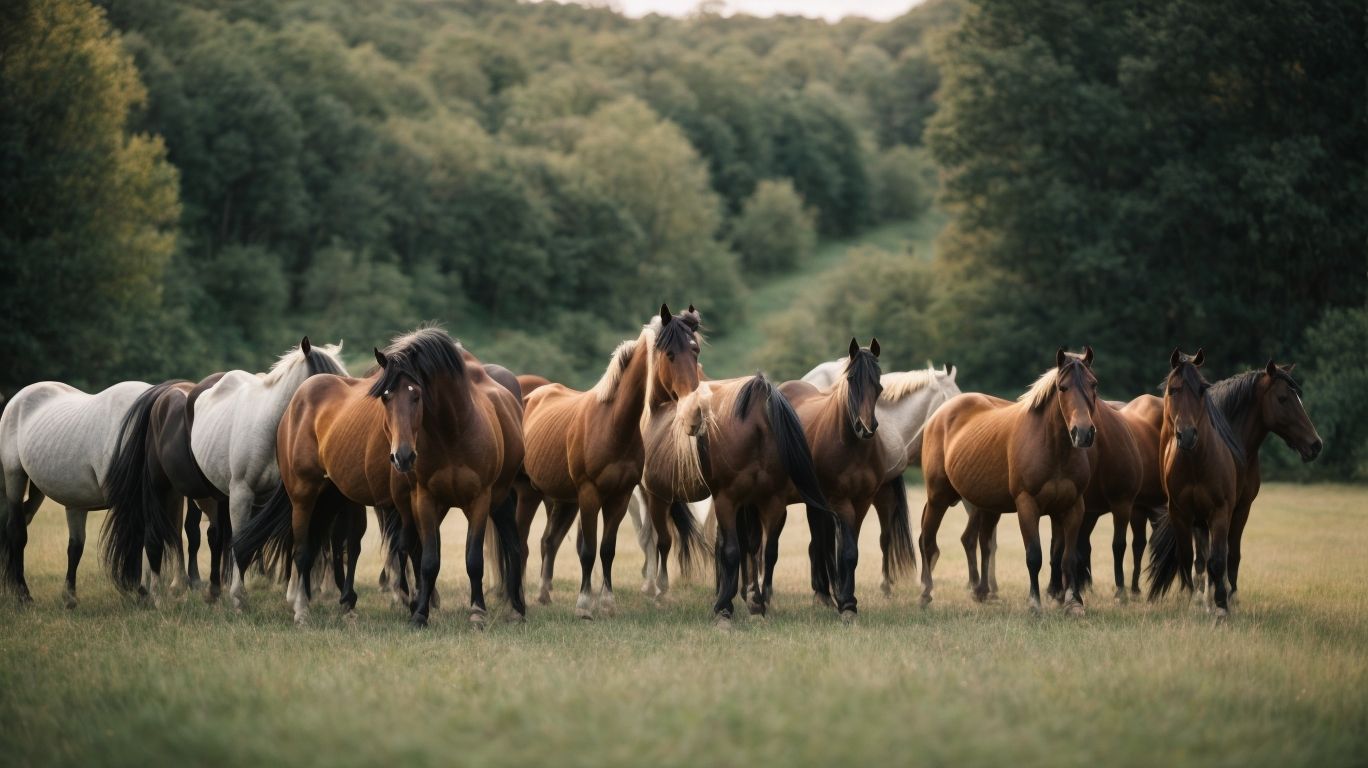Horses, like any living creature, have their own natural behaviors and instincts. Understanding horse behavior is crucial for effectively managing and preventing unwanted behaviors such as biting and kicking. By delving into the natural behaviors exhibited by horses and identifying the reasons behind biting and kicking, you can implement proactive measures to ensure the safety of both horse and handler.
Natural horse behaviors vary greatly, ranging from social interactions within a herd to individual communication cues. Recognizing and comprehending these behaviors is key to successful horse management. Understanding why horses bite and kick is vital in addressing and mitigating these behaviors. Possible causes include fear, aggression, pain, or discomfort.
Preventing biting in horses can be achieved through various strategies. Establishing trust and respect through consistent and positive interactions builds a strong foundation for behavioral management. Proper handling and training techniques, such as using clear and gentle signals, reinforce positive behavior and discourage biting. Identifying trigger factors that may provoke biting is also essential in preventing such behavior.
Similarly, preventing kicking in horses requires specific precautions. Creating a safe environment with ample space and minimizing stressors helps reduce the likelihood of kicking incidents. Recognizing body language and warning signs, such as pinned ears or raised hind legs, allows for timely intervention and redirection. Teaching proper socialization skills, including introducing horses to different environments and interactions, can also help curb kicking behavior.
Training methods are crucial in managing horse behavior effectively. Utilizing positive reinforcement, such as rewarding desired behavior with treats or praise, reinforces good conduct and creates a positive learning experience for the horse. Desensitization techniques, which expose horses gradually to stimuli that may trigger the undesirable behavior, can help desensitize them over time. In complex cases or for professional guidance, seeking help from experienced trainers or behaviorists is advisable.
By understanding horse behavior, implementing preventive measures, and utilizing appropriate training techniques, you can ensure a harmonious and safe environment for both horse and handlers.
Key takeaways:
- Establish trust and respect: Building a strong bond with horses through trust and respect is key to preventing biting and kicking behaviors.
- Understand body language and warning signs: Recognizing horse’s body language and warning signs can help anticipate and prevent kicking incidents.
- Utilize positive reinforcement: Training horses using positive reinforcement techniques can be effective in managing their behavior and discouraging biting and kicking habits.
Understanding Horse Behavior
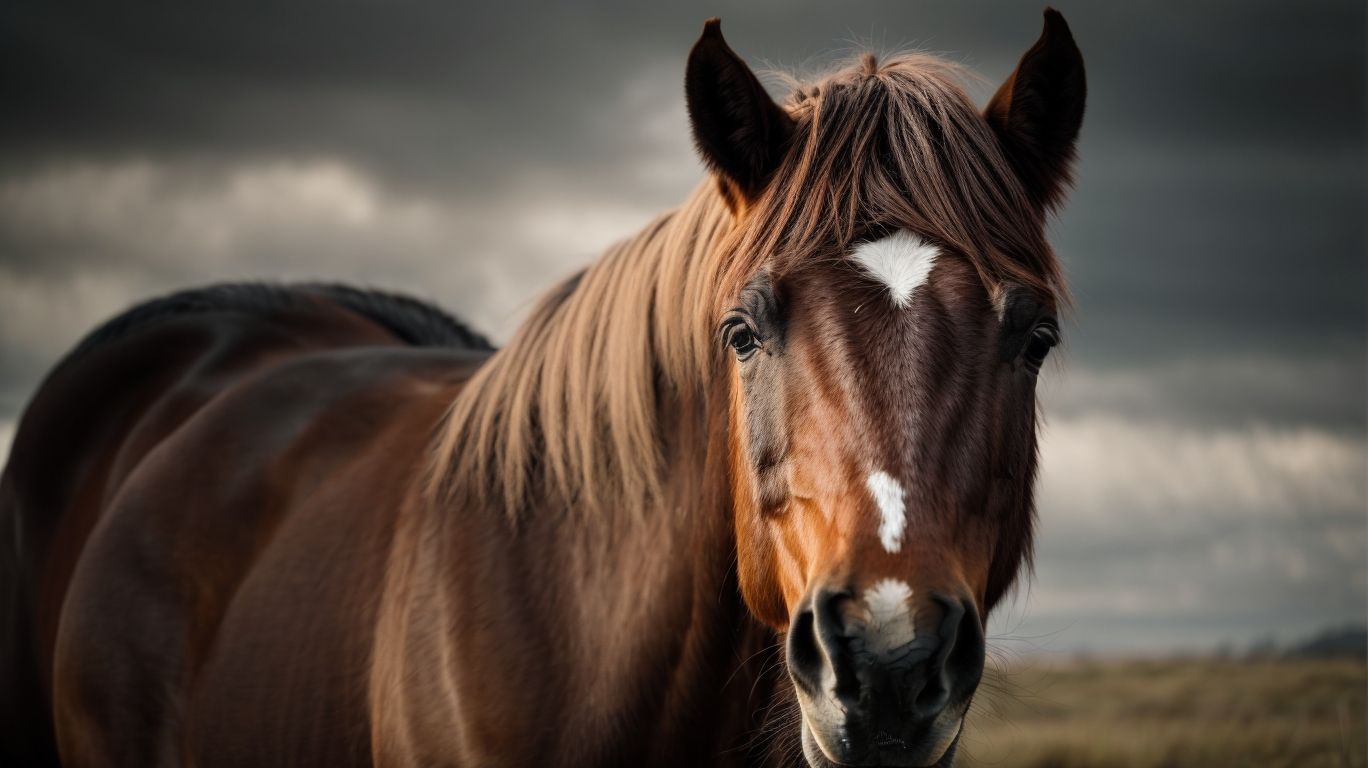
Photo Credits: Www.Horsespeakeducation.Com by Nathan Ramirez
Understanding horse behavior is crucial for effective horse management. Horses are herd animals with strong social bonds and a hierarchical structure. They communicate through body language, vocalizations, and expressions. By observing their behavior, such as ears laid back or tail swishing, we can understand their emotions and intentions. Understanding horse behavior helps prevent unwanted behaviors like biting and kicking. By recognizing the signs of distress or discomfort, we can address underlying issues before they escalate. Developing a bond based on trust and clear communication is key to creating a harmonious relationship with our equine companions.
True story: Once, while working with a rescue horse named Luna, it became evident that understanding horse behavior was crucial. I noticed she would become anxious and aggressive during feeding time. After carefully observing her behavior, I realized that she had a fear of other horses bullying her during meals. By adjusting feeding routines and providing her with a designated feeding area, Luna’s anxiety decreased, and her aggressive behavior gradually subsided. This experience reinforced the significance of understanding horse behavior as it allowed us to create a safe and peaceful environment for Luna, leading to a happier and healthier horse.
What Are Natural Horse Behaviors?
What Are Natural Horse Behaviors?
Natural horse behaviors encompass a range of actions and reactions displayed by horses in their natural environment. These behaviors are inherent and help horses communicate, establish hierarchies, and ensure their own safety. Some examples of natural horse behaviors include grazing, socializing with other horses, grooming, and engaging in play or exercise. Understanding these behaviors is important for horse owners and handlers as it allows them to better care for and interact with their horses. By recognizing and respecting natural horse behaviors, individuals can establish a strong foundation for training and build a bond of trust and respect with their horses.
Why Do Horses Bite and Kick?
Horses may bite and kick due to various reasons, including fear, pain, aggression, or improper training. Understanding the underlying causes is crucial in preventing such behavior and promoting a safe environment. Some common triggers for biting and kicking include being approached suddenly, poor handling, or feeling threatened. By establishing trust and respect through positive reinforcement and proper training techniques, horse owners can address these issues effectively. Creating a safe environment, interpreting body language, and teaching proper socialization skills can help horses overcome aggressive tendencies. Seeking professional help may also be necessary in managing and correcting these behaviors.
Preventing Biting in Horses
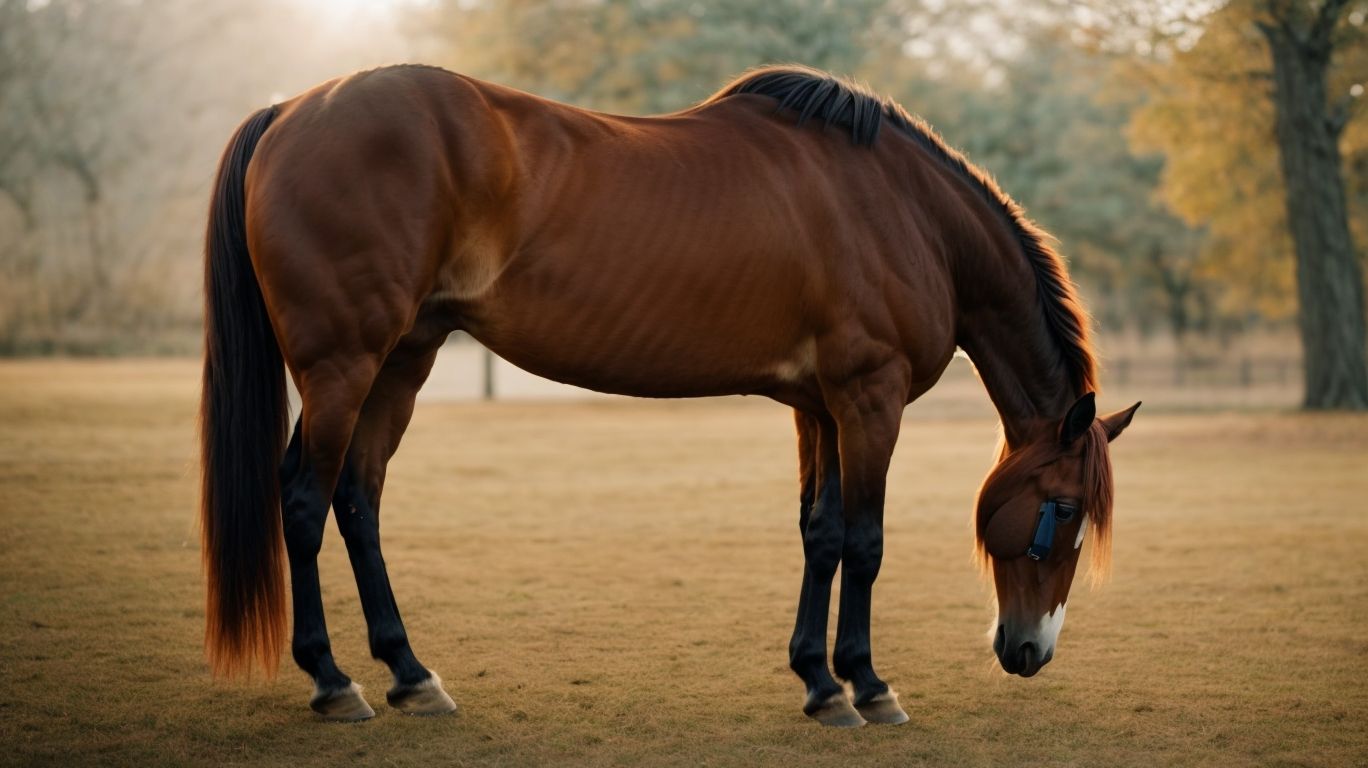
Photo Credits: Www.Horsespeakeducation.Com by Charles Garcia
When it comes to dealing with horse behavior, preventing biting is a crucial aspect. In this section, we’ll uncover effective strategies to put an end to this challenging behavior. From establishing trust and respect to employing proper handling and training techniques, we’ll explore how to create a harmonious and safe environment for both horses and handlers. We’ll delve into identifying trigger factors that can contribute to biting incidents. So, let’s equip ourselves with essential knowledge to prevent biting in horses and foster a positive equine-human relationship.
Establishing Trust and Respect
To establish trust and respect with a horse, follow these steps:
- Approach the horse calmly and slowly, avoiding sudden movements.
- Show respect for the horse’s space by giving them room and not invading their personal space.
- Use gentle and consistent body language to communicate your intentions.
- Handle the horse with care and avoid any actions that may cause fear or harm.
- Build a bond through regular grooming and spending quality time together.
- Use positive reinforcement techniques, such as treats or praise, to reward good behavior.
- Be patient and understanding, allowing the horse to trust you at their own pace.
By following these steps, you can establish a strong foundation of trust and respect with your horse, creating a positive and rewarding relationship.
Proper Handling and Training Techniques
- Proper handling and training techniques are essential for preventing biting and kicking in horses. Here are some steps to follow:
- Establish trust and respect by building a strong bond with your horse through consistent and gentle interactions.
- Apply proper handling techniques, such as approaching your horse calmly and confidently, and avoiding sudden movements or loud noises.
- Utilize positive reinforcement methods, including rewarding good behavior with treats or praise.
- Implement desensitization techniques to help your horse become more comfortable with potentially triggering situations.
- If you encounter challenging behavior or need guidance in training techniques, seek professional help from experienced trainers.
Identifying Trigger Factors
Identifying trigger factors is of utmost importance in preventing biting and kicking behavior in horses. By thoroughly understanding the triggers, handlers can proactively address and manage this behavior. Pain, fear, frustration, or discomfort are common trigger factors that should be considered. By carefully observing a horse’s body language and behavior patterns, these triggers can be identified. For instance, if a horse displays biting or kicking behavior during grooming, it may indicate pain or sensitivity in specific areas. By recognizing these triggers, handlers can adapt their handling techniques, provide suitable training, and, if necessary, seek professional assistance to ensure the safety and well-being of both the horse and the handler.
Preventing Kicking in Horses
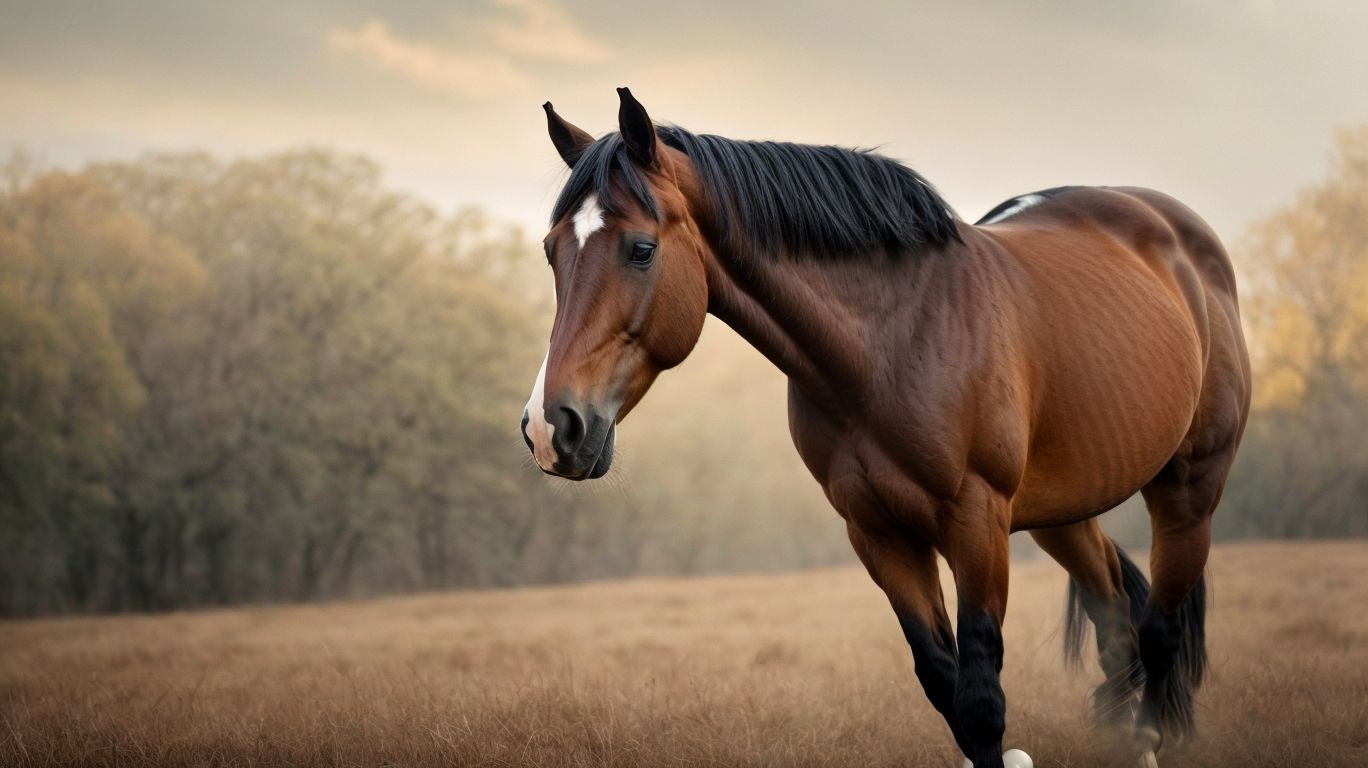
Photo Credits: Www.Horsespeakeducation.Com by Philip Baker
Horses can exhibit various behaviors, but one that can be particularly dangerous is kicking. In this section, we will discover effective strategies for preventing kicking in horses. From creating a safe environment to understanding their body language and warning signs, we’ll explore practical methods to minimize the risk of kicking incidents. We’ll delve into teaching proper socialization skills, equipping you with the knowledge to foster harmonious interactions between horses and reduce the likelihood of kicking behavior.
Creating a Safe Environment
- When it comes to horses, creating a safe environment is absolutely crucial in ensuring their well-being and preventing any potential harm.
- Fencing: One of the first steps to achieve this is by installing sturdy and secure fencing. This helps to prevent horses from escaping and also reduces the chances of them kicking or biting each other.
- Paddocks and Pastures: Another important aspect is to maintain the grazing areas in a safe condition. This means keeping these areas free from any hazards such as sharp objects, toxic plants, or holes which can cause injuries to the horses.
- Stable Design: The stable should also be designed in a way that ensures the safety of the horses. It should be well-ventilated, providing fresh air circulation, and spacious enough to allow free movement. Additionally, it is crucial to check for any potential hazards like exposed electrical wiring or slippery surfaces and address them immediately.
- Tack and Equipment: Regular inspection and maintenance of horse equipment are essential to create a safe environment. This includes ensuring that the equipment is in good condition, properly fitted, and safe to use.
- Socialization: Allowing horses to interact with each other in a controlled manner is an important part of creating a safe environment. This promotes positive social behavior and reduces the likelihood of aggression among them.
By implementing these measures, horse owners can effectively create a safe environment that promotes the overall well-being and behavioral harmony of their horses.
Understanding Body Language and Warning Signs
Understanding a horse’s body language and recognizing warning signs is essential for preventing accidents and fostering a strong bond. Key indicators such as ear position, tail movement, facial expressions, and overall body posture hold crucial importance. Pinned ears, swishing tail, and tense muscles are clear indications of agitation or discomfort. By accurately interpreting these signals, one can address issues before they escalate. For instance, when a horse flattens its ears, it may be expressing aggression or fear. Mastering the skill of reading these cues facilitates effective communication and promotes a secure and harmonious relationship with your horse.
In 1966, an incident involving a horse named Nijinsky II at the Epsom Derby showcased the horse’s extraordinary understanding of body language. The jockey, Lester Piggott, noticed Nijinsky’s pricked ears and rhythmic tail swishing, which indicated the horse’s eagerness to take the lead. Piggott promptly responded to these signals and guided Nijinsky to a momentous victory, thus cementing their legendary partnership. This historic moment serves as a testament to the significance of comprehending a horse’s body language and utilizing it to accomplish remarkable feats.
Teaching Proper Socialization Skills
- Teaching proper socialization skills is of utmost importance in effectively managing horse behavior and preventing kicking incidents. Here are essential steps to follow for achieving this:
- Start early: From a young age, it is crucial to expose the horse to various environments, sounds, and other animals to enhance their socialization skills.
- Introduce other horses: Help the horse interact with well-trained and mannered equines, as this aids in promoting socialization and learning appropriate behavior.
- Supervise playtime: It is essential to allow supervised playtime with other horses, ensuring that it remains safe and positive for successful socialization.
- Employ positive reinforcement: Rewarding the horse for displaying calm and appropriate behavior during social interactions plays a significant role in reinforcing good habits.
- Consistent exposure: To build confidence and adaptability, it is vital to regularly expose the horse to different situations and environments.
Training Methods for Behavior Management
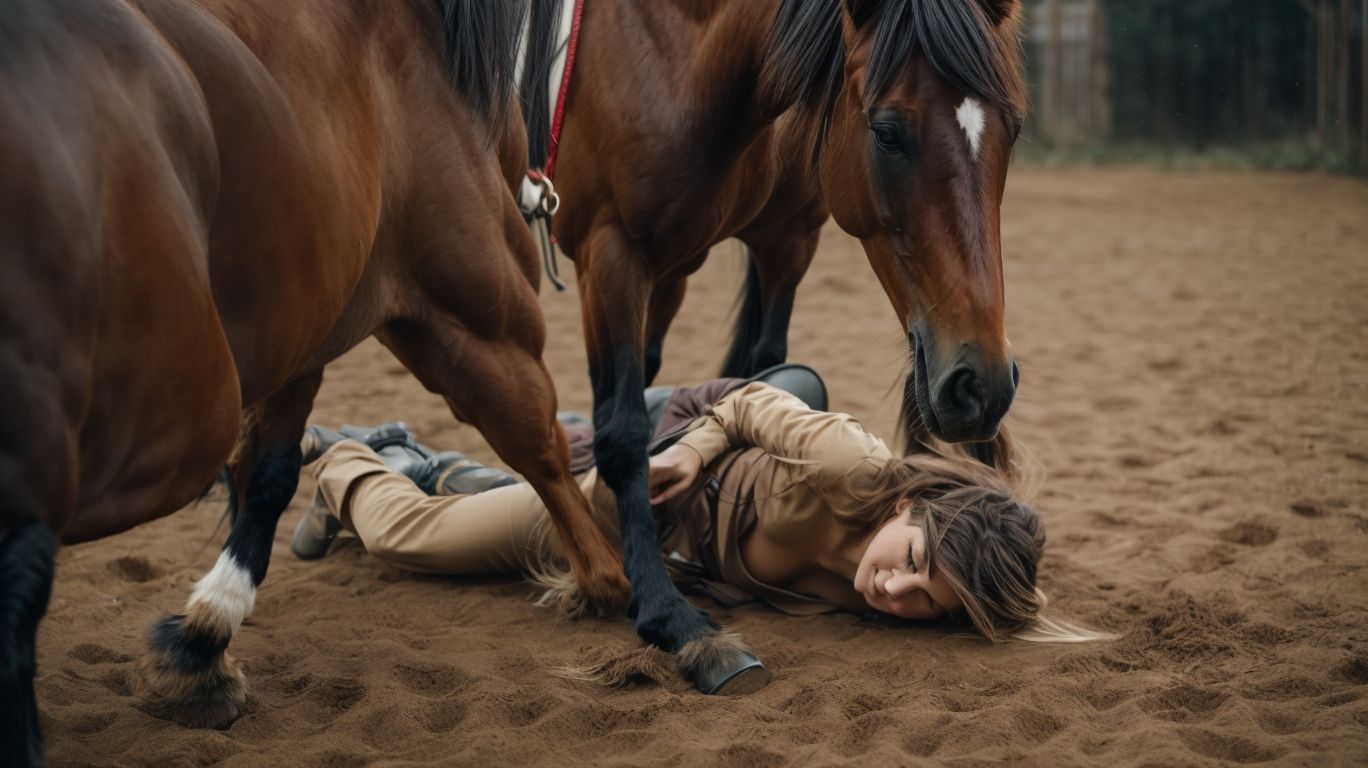
Photo Credits: Www.Horsespeakeducation.Com by Kyle Green
When it comes to managing horse behavior, utilizing effective training methods is key. In this section, we will explore various approaches to behavior management that can help prevent biting and kicking. From using positive reinforcement to desensitization techniques, we’ll uncover the strategies that can make a significant difference in shaping a horse’s behavior. And if you’re facing more complex challenges, we’ll also discuss the importance of seeking professional help. So let’s dive right into the world of training methods for horse behavior management!
Using Positive Reinforcement
Using positive reinforcement is an effective method for managing horse behavior.
- 1. Clearly define desired behaviors and establish training goals.
- 2. Reward the horse immediately after displaying the desired behavior, such as with treats, praise, or petting.
- 3. Consistency is key – reinforce the behavior consistently every time it occurs.
- 4. Use clicker training to quickly and precisely communicate to the horse when it has performed the desired behavior.
- 5. Gradually reduce the frequency of rewards as the horse becomes more consistent with the desired behavior.
By using positive reinforcement, not only can you effectively manage horse behavior, but you can also prevent biting and kicking behaviors. Moreover, it helps in strengthening the bond between the horse and the handler, creating a positive and cooperative relationship.
Utilizing Desensitization Techniques
- Utilizing desensitization techniques is an effective way to manage and modify behavior in horses. These techniques involve gradually exposing the horse to situations or stimuli that trigger a negative response in a controlled and calm manner. Here are some ways to incorporate utilizing desensitization techniques:
- Start with low-intensity stimuli and gradually increase the intensity as the horse becomes more comfortable.
- Reward the horse with positive reinforcement, such as treats or praise, for remaining calm during the desensitization process.
- Repeat the desensitization sessions regularly to reinforce the desired behavior and help the horse become more accustomed to the stimuli.
Fun fact: Utilizing desensitization techniques can also be used to help horses overcome their fears of certain objects or situations, such as trailers or water crossings.
Seeking Professional Help
Seeking professional help for managing horse behavior is a crucial step in ensuring the safety and well-being of both the horse and the handler. Professional horse trainers, behaviorists, or veterinarians with expertise in equine behavior can offer valuable guidance and support. When seeking professional help, consider the following:
- Qualifications: Look for professionals with a solid background in horse behavior and experience in behavior modification techniques.
- Evaluation: A professional will assess the horse’s behavior, identify the underlying causes, and design an individualized behavior management plan.
- Training Techniques: Professionals may use positive reinforcement, desensitization, or other effective methods to address the specific behavior issues.
- Follow-up Support: Good professionals provide ongoing support, monitoring progress, and making necessary adjustments to the training plan if needed.
Remember, seeking professional help can provide the expertise and guidance needed to address complex behavior issues and ensure a safe and harmonious partnership with your horse.
Some Facts About Horse Behavior Management – Preventing Biting and Kicking:
- ✅ Biting is one of the easiest issues to fix in horses and can be done in 5 seconds. (Source: Our Team)
- ✅ Horses bite as a natural behavior, especially when they are exploring their environment as young horses. (Source: Our Team)
- ✅ Setting boundaries early with young horses can prevent them from taking advantage of their size and speed. (Source: Our Team)
- ✅ Hand feeding a horse is the number one cause of biting, as it can lead them to view humans as a source of food. (Source: Our Team)
- ✅ Feeding horses from a bucket instead of the hand can prevent them from associating humans with food. (Source: Our Team)
Frequently Asked Questions
How can I prevent a horse from biting?
Hand feeding a horse is the number one cause of biting, as it can lead them to view humans as a source of food. Feeding horses from a bucket instead of the hand can prevent them from associating humans with food. It’s important to set boundaries early with young horses to prevent them from taking advantage of their size and speed.
Why do horses bite?
Horses bite as a natural behavior, especially when they are exploring their environment as young horses. They may also bite due to discomfort from a tight girth or uncomfortable saddle, frustration, aggression, or as an attempt at mutual grooming.
How can I stop a horse from biting?
To stop a horse from biting, it is important to understand the cause of the behavior and address it accordingly. Ensuring proper training and socialization, as well as addressing any physical discomfort or behavioral issues, can help prevent and resolve biting behavior.
How should I deal with pasture bullies?
Herd or pasture bullies can cause harm to other horses through biting, striking, kicking, and running them into things and through fences. Disrespectful behavior from a horse in the pasture may warrant punishment in the form of a smack or sharp word. It may also be necessary to separate the bully or consider changing the herd composition to protect other horses.
Can I prevent bullying behavior in horses?
Ensuring adequate space, food, and exercise, as well as addressing any underlying issues, can help prevent bullying behavior in horses. Adding extra piles of food spaced far apart can help mitigate battles over food, and using bitter no-chew spray on turnout blankets may deter bullies from damaging them.
How can I ensure a safe ride with a horse that kicks out?
A horse that threatens to kick out at other horses during a ride needs to be reprimanded immediately. Carrying a whip can help keep a disrespectful horse at a safe distance and provide a quick punishment if needed. It is important to establish respect and enforce ground manners to prevent dangerous situations during trail rides or other group situations.
